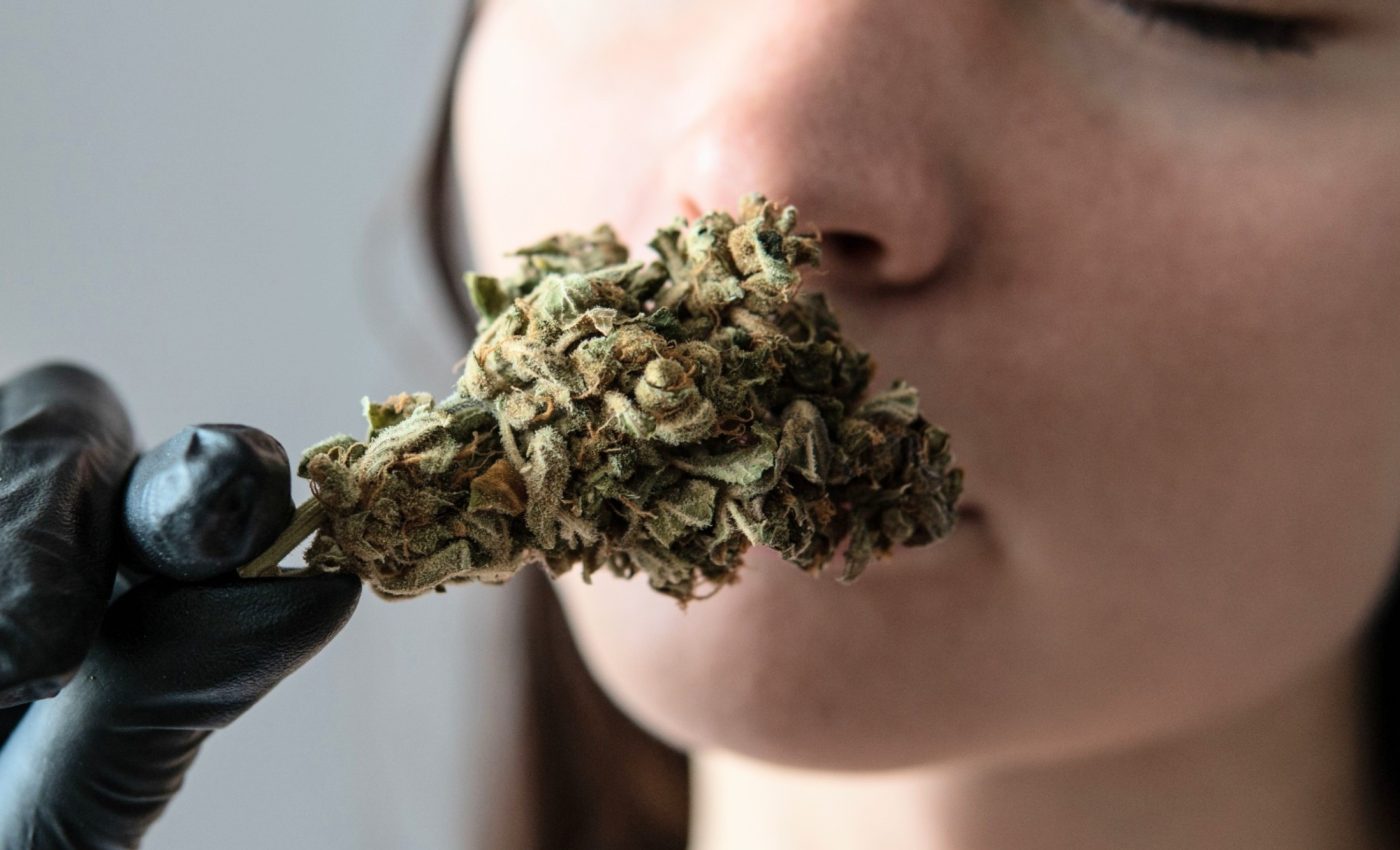
Smell beats strength in predicting what cannabis people choose
Smell may finally get as much scientific attention as THC in cannabis research. A new study from Oregon State University (OSU) has produced the first shared aroma language for cannabis and hemp.
It offers an organized way to describe what flowers actually smell like, rather than relying on strain names or vague, marketing-focused terms.
Led by Tom Shellhammer, a professor of food science and technology at OSU, the team built a 25-word aroma dictionary from 91 carefully evaluated flower samples.
By pairing trained human panels with detailed chemical measurements, they linked everyday sensory language with hard data, creating a foundation for comparing cannabis smells across products and markets.
A shared cannabis smell language
In the new study, the team trained adults to judge cannabis and hemp flowers using a shared list of aroma terms.
Twenty-four people with experience judging foods and drinks smelled dried flowers and used a check-all-that-apply format instead of smoking.
They created a sensory lexicon, a shared list of agreed aroma words used by everyone in the study. To build that list they mined ope- ended comments from a cannabis competition and refined the wording with growers and trained tasters.
“Aroma plays a key role in how consumers judge cannabis quality,” said Shellhammer. That shared language lets labs and retailers describe the same product in consistent, easy-to-compare terms.
Smell may matter more than THC
Legal cannabis markets often reward high THC numbers on labels. Yet the new aroma work grew out of concerns that this focus ignores both enjoyment and health.
Earlier research tracked hundreds of cannabis use sessions and asked people how much they liked each product. Pleasant aroma, – not THC, the main mind-altering compound in cannabis – predicted whether people rated a flower as appealing.
A large evidence review links heavy cannabis use, especially with stronger products, to higher risks of several health problems.
Psychosis, a condition that distorts thoughts and perception, is one of the problems that becomes more likely as use increases.
In the aroma lexicon work, Shellhammer and colleagues treated smell as an independent quality signal. They suggest that choosing by aroma profile instead of by the biggest THC number could shift demand toward less extreme products.
What the four aroma families reveal
Cannabis and hemp are both varieties of Cannabis sativa. United States law calls any plant with 0.3 percent THC or less hemp, and anything stronger cannabis that must be sold in regulated markets.
In the lexicon work, both hemp and higher THC cannabis shared much of the same smell space. Hemp samples were often described as citrus fruity or candy-like, while high THC samples were called skunky musty or animal-like.
Across the full set of flowers, four broad smell families showed up. They included fruit and candy; citrus chemical; cheesy or vomit-like; and a funky mix of earthy, fuel, tea, and nut notes.
Some aroma words – especially herbal and woody – appeared on almost every sample, and so did a poor job of separating one flower from another.
For people who buy cannabis. this structure offers something more reliable than strain names or colorful marketing language.
Cannabis chemistry doesn’t match smell
When the team compared the aroma words with detailed measurements of many terpenes and sulfur containing molecules, the numbers rarely lined up.
Chemical profiles formed neat clusters yet those clusters did not match how the panel actually described the smells.
Terpinolene was the rare exception since samples rich in that compound were also described as citrus or chemical. Many flowers packed with d-limonene did not smell especially citrusy, so a terpene label alone can mislead.
Small molecules, big impact
Separate work on cannabis concentrates shows that a tiny group of volatile sulfur compounds carries much of the classic skunky character. Volatile sulfur compounds, very smell-active sulfur-containing molecules, can shape aroma even when present at trace levels.
More recently a detailed analysis of five hash rosin extracts found that minor nonterpenoid volatiles drove many of the aroma differences.
Nonterpenoid volatiles, aroma molecules that are not part of terpene families, often give each variety its most distinctive edge.
Breeding by cannabis smell
For growers and breeders the lexicon gives a practical target instead of chasing maximum THC or vague goals like “gassy” or “exotic.”
They can select plants that repeatedly land in desired aroma families then confirm that trained panels describe them with the same set of words.
Retail staff could use the same terms on labels and menus steering shoppers toward smell profiles they have liked in the past.
Regulators could also lean on this early lexicon when thinking about consumer information and limits on extremely potent products.
Aroma helps shoppers
“It’s critical to offer consumers tools for assessing product quality beyond terpenes and THC,” said Shellhammer.
Growers, labs, and retailers can apply a common aroma ballot that points shoppers toward flowers that actually match their preferences.
If people start choosing products by aroma profile instead of THC percent, that could ease pressure on producers to push potency ever higher.
That direction lines up with current science on enjoyment and on the limits of potency as a simple quality marker.
The study is published in the journal PLOS One.
—–
Like what you read? Subscribe to our newsletter for engaging articles, exclusive content, and the latest updates.
Check us out on EarthSnap, a free app brought to you by Eric Ralls and Earth.com.
—–













